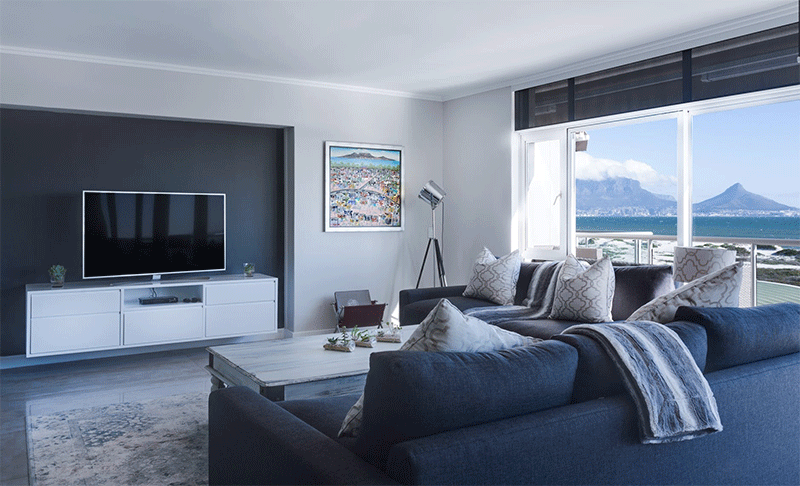 The charge of smart device integration with the home has shown no signs of slowing down. According to market analysts Gearbrain, Americans will spend $123 billion on smart gadgets every year by 2022, indicating the massive size and ferocious competition of the market. What this drives is innovation, and as a few standout products have shown, transformative ideas are in no short supply when it comes to household gadgetry.
The charge of smart device integration with the home has shown no signs of slowing down. According to market analysts Gearbrain, Americans will spend $123 billion on smart gadgets every year by 2022, indicating the massive size and ferocious competition of the market. What this drives is innovation, and as a few standout products have shown, transformative ideas are in no short supply when it comes to household gadgetry.
No more renovation
Home remodeling and renovation is a big undertaking for Americans. According to figures published in Reuters, on average, US citizens will spend $1,130 every year on remodeling. This number is inexact, given it counts every man, woman and child – the average homeowner is likely to spend considerably more. Cutting edge new smart technology is providing a way around this. Change It! Wall, a new technology that turns your interior walls into changeable facades, provides a way in which to create new looks on the fly. Using ultra-high tech materials that provide a ‘living’ surface to the wall, and with the potential to encompass the functions of TV, this new tech could revolutionize overall usage of the home.
Rolling screens
In January 2019, the Wall Street Journal reported on their visit to CES 2019. Of most note in their report was the new, foldable LG Signature series of TVs. Foldable is not a misnomer. These TVs are able to roll away into hiding compartments and sections without much more than the push of a button, and hint towards a future where, like walls that can be changed at will, the house can be built flexibly around your priorities rather than needing to commit to the solid outline of a home.
Upgrading WiFi
Wireless technology is, of course, built on radio waves, which transmit information at varying frequencies and strengths. Connectivity is a huge issue with wifi, and many older houses struggle to deal with the requirements of the technology. Walls that are sturdily built and weather the test of time also act as a barrier to modern-age connectivity.
While techniques like POWERLAN have helped to bridge this gap, one new technology is promising an entirely new way in which wireless information will be transmitted. Lifi, a process where data is sent over ultra-fast pulsing invisible light, rather than radio, is infinitely faster than a wireless connection. As the light cannot pass around corners without reflective surfaces, the current idea is to have hubs installed around the home through which connected devices can interact. This may seem cumbersome, but this is much the same process that secondary wireless hubs and POWERLAN work through. What this new technology offers is the same benefits, but with more reliability, and, crucially, security – no current technology has the ability to intercept lifi information in the way that conventional web has been targeted.
Smart technology has the potential to completely overhaul the house, and the ambition of digital engineers is beginning to show that. From walls that change at will, to foldable televisions and super-high-tech communications, the next generation smart home will be futuristic. What’s more, even that won’t be the end of smart home innovation.






